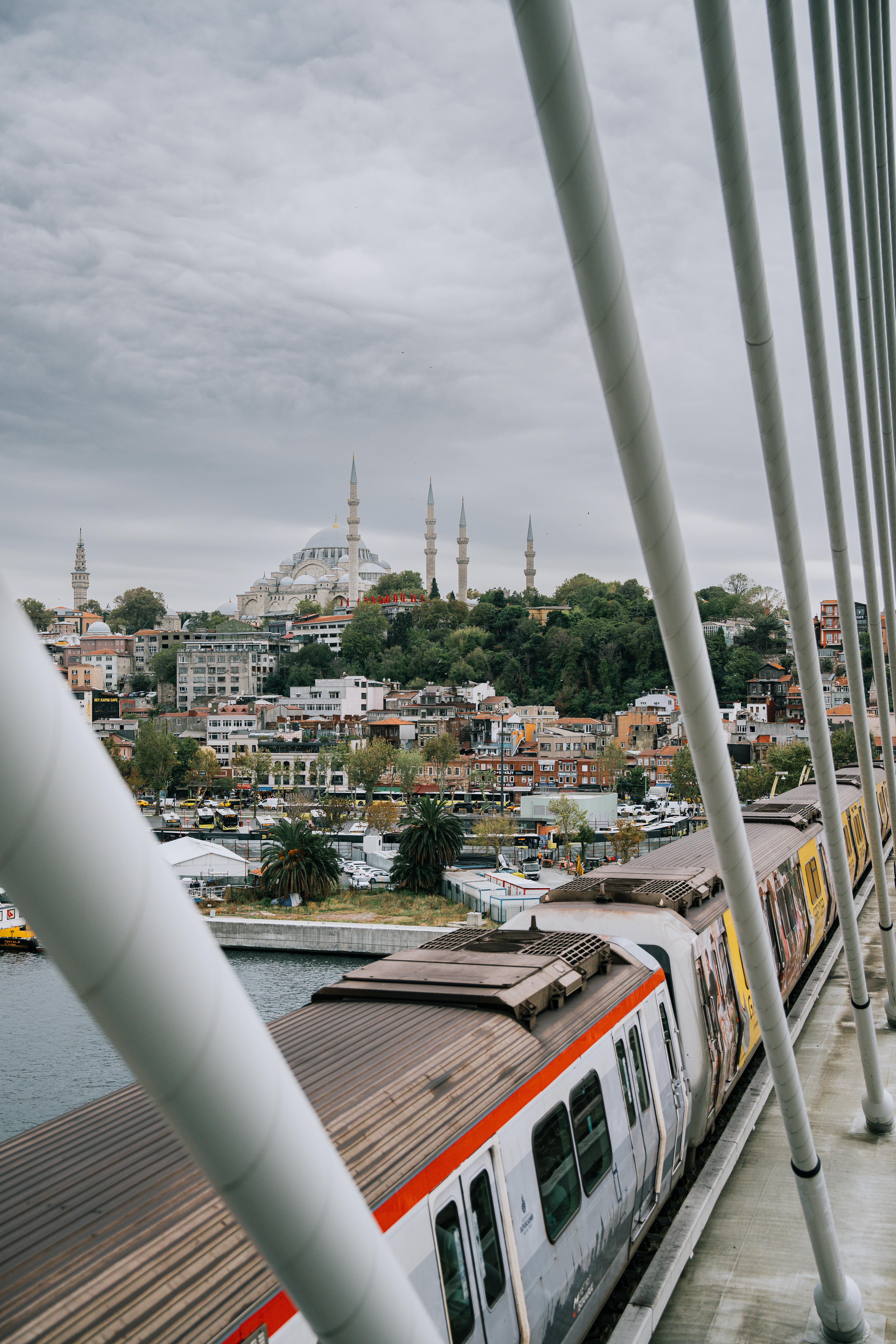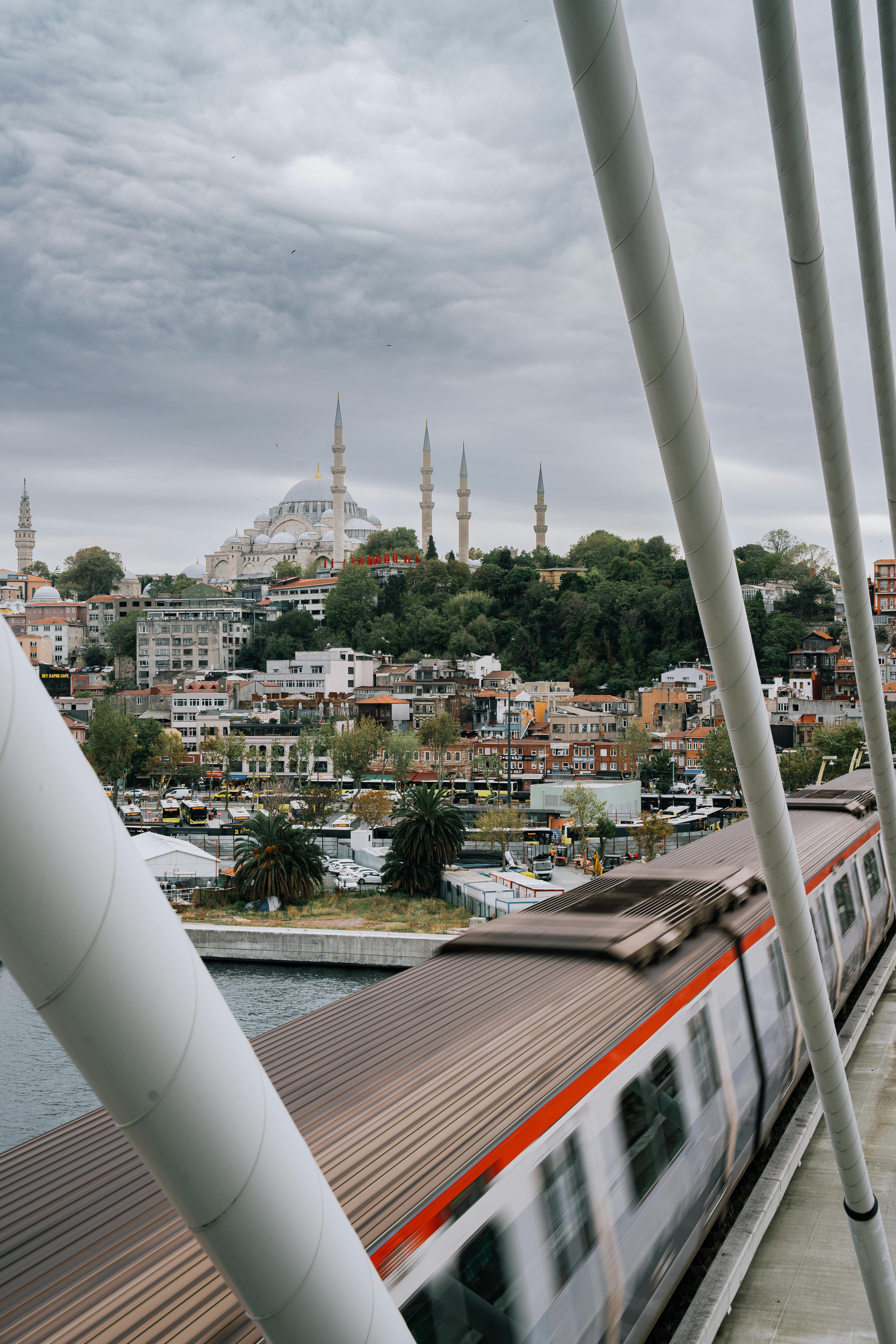Chiang Rai, a captivating province nestled in the northern region of Thailand, is home to the majestic Golden Triangle. This renowned area, enriched with historical significance and natural beauty, entices visitors from all corners of the globe. As one embarks on the journey to explore the Golden Triangle in Chiang Rai, they are transported into a realm of cultural wonders and panoramic landscapes. From the opulent temples that adorn the province to the tranquil Mekong River that weaves through it, every moment spent in the Golden Triangle is a captivating experience that lingers in the hearts of those fortunate enough to witness its splendor.
History of the Golden Triangle
Origins of the Golden Triangle
The Golden Triangle, located in the northern part of Thailand’s Chiang Rai Province, gets its name from the triangular shape formed by the borders of Thailand, Laos, and Myanmar. This region has a rich and fascinating history that dates back centuries. Historically, the Golden Triangle was known for its opium production and trade, but it has since transformed into a popular tourist destination.
Opium production and trade
For many years, the Golden Triangle was notorious for being one of the world’s largest opium-producing and trafficking regions. The region’s hilly terrain and remote location made it an ideal area for the cultivation of opium poppy. Opium became a major source of income for local tribes and fueled organized crime and corruption in the area. However, in recent decades, efforts to eradicate opium production and promote alternative crop cultivation have significantly reduced the illicit drug trade in the Golden Triangle.
Transformation into a tourist destination
In recent years, the Golden Triangle has undergone a remarkable transformation, turning itself into a vibrant and culturally rich tourist destination. The Thai government and local communities have worked together to develop the region’s tourism infrastructure and promote sustainable tourism. Today, the Golden Triangle offers a mix of stunning natural landscapes, unique cultural experiences, and historical attractions that attract visitors from around the world.
Location and Geography
Geographical features of Chiang Rai
Chiang Rai, the province where the Golden Triangle is situated, is known for its diverse and captivating geographical features. The province is nestled in the mountainous region of northern Thailand and is characterized by verdant valleys, mist-covered hills, and picturesque rivers. This breathtaking landscape creates a perfect setting for outdoor activities and helps create a serene and peaceful ambiance throughout the Golden Triangle.
Borders of the Golden Triangle
The Golden Triangle is defined by the borders of Thailand, Laos, and Myanmar. This convergence of three nations adds to the region’s unique appeal and contributes to its cultural diversity. Visitors have the opportunity to explore multiple countries and experience their distinct traditions and customs while being in close proximity.
Distinctive landmarks in the area
The Golden Triangle is home to several landmarks that are worth visiting. One of the most renowned landmarks in the region is the Hall of Opium, a museum that provides a comprehensive overview of the history of opium production and its impact on the region. Additionally, the Golden Buddha Statue, situated on a hilltop overlooking the Mekong River, offers breathtaking panoramic views of the surrounding landscape. These landmarks, along with many others, showcase the rich history and cultural significance of the Golden Triangle.

Cultural Highlights
Ethnic groups in the Golden Triangle
The Golden Triangle is home to a diverse array of ethnic groups, each with its own unique traditions and customs. The region’s population includes various hill tribes, such as the Akha, Lisu, and Karen, who have preserved their distinct cultures and ways of life. This cultural diversity offers visitors a chance to immerse themselves in the fascinating traditions and rituals of these ethnic groups, making the Golden Triangle a truly multicultural destination.
Unique traditions and customs
The ethnic groups in the Golden Triangle have rich traditions and customs that are deeply rooted in their daily lives. From intricate weaving techniques to vibrant costumes and elaborate festivals, these communities take pride in preserving their cultural heritage. Visitors have the opportunity to witness traditional ceremonies, participate in handicraft workshops, and learn about the unique customs that have been passed down through generations.
Local festivals and celebrations
Throughout the year, the Golden Triangle celebrates a range of festivals that showcase the region’s cultural vibrancy. One such festival is the Akha Swing Festival, where the Akha people come together to honor their ancestors through traditional dance and music. Another notable event is the Yi Peng Lantern Festival, where thousands of lanterns are released into the night sky, creating a mesmerizing spectacle. These festivals not only offer a glimpse into the local culture but also provide an unforgettable experience for visitors.
Natural Attractions
Scenic beauty of the region
The Golden Triangle is renowned for its breathtaking natural beauty. The region’s lush greenery, rolling hills, and pristine rivers create a picturesque landscape that captivates visitors. Whether it’s gazing at the mist-shrouded mountains, taking a leisurely boat ride along the Mekong River, or simply walking through the tranquil forests, the Golden Triangle offers stunning scenery at every turn.
Lush forests and national parks
The Golden Triangle is blessed with an abundance of lush forests and national parks. Doi Chang National Park, for instance, is a haven for nature lovers, boasting diverse flora and fauna, natural hot springs, and mesmerizing waterfalls. Visitors can also explore the Doi Tung Development Project, known for its reforestation efforts and beautiful gardens. These natural attractions provide opportunities for hiking, bird watching, and immersing oneself in the region’s pristine environment.
Rivers and waterfalls
The rivers and waterfalls within the Golden Triangle add to its allure, offering both beauty and recreational opportunities. The Mekong River, one of the region’s iconic waterways, meanders through the landscape, providing a picturesque backdrop for boat trips and riverside activities. In addition, waterfalls like Khun Korn and Huay Mae Sai offer serene spots for picnics and relaxation, surrounded by the region’s natural splendor.

Temples and Historical Sites
Wat Rong Khun (White Temple)
One of the most famous attractions in the Golden Triangle is the Wat Rong Khun, also known as the White Temple. This contemporary and unconventional temple is a stunning work of art, with its intricate white facade adorned with mirrored glass and symbolic sculptures. Inside the temple, visitors can admire beautifully painted murals that depict modern scenes, including famous figures like Superman and Spider-Man. The White Temple is a must-visit for its unique architecture and thought-provoking artistic elements.
Wat Phra Kaew
Another significant temple in the Golden Triangle is Wat Phra Kaew, the Temple of the Emerald Buddha. Located within the grounds of the Grand Palace in Chiang Rai, this temple houses a revered Emerald Buddha statue, which is one of Thailand’s most sacred religious artifacts. The temple is renowned for its intricate architectural details, vibrant colors, and peaceful atmosphere. Visitors can explore the temple complex and witness the devotion and spirituality that surrounds this sacred site.
Historical ruins and ancient sites
Aside from temples, the Golden Triangle is also home to several historical ruins and ancient sites that offer insights into the region’s past. Ban Chiang, a UNESCO World Heritage Site, is an archaeological site that has uncovered ancient pottery, tools, and burial grounds dating back thousands of years. Visitors can explore the ruins and learn about the prehistoric civilizations that once thrived in this area. These historical sites provide a glimpse into the rich heritage and ancient roots of the Golden Triangle.
Cuisine and Local Delicacies
Golden Triangle’s unique cuisine
The cuisine of the Golden Triangle is a fusion of flavors and influences from Thailand, Laos, and Myanmar. The region is known for its use of aromatic herbs, spices, and fresh ingredients, resulting in dishes that are both flavorful and diverse. From aromatic curries and spicy soups to exotic salads and stir-fried delicacies, the Golden Triangle offers a culinary experience that appeals to every palate.
Traditional dishes and flavors
One of the traditional dishes that represents the Golden Triangle’s culinary heritage is Khao Soi, a rich and flavorful curry noodle soup. This dish combines a creamy coconut-based broth with tender meat, crispy noodles, and aromatic spices, creating a harmonious explosion of flavors. Other local delicacies include Sai Ua, a spicy Northern Thai sausage, and Larb, a refreshing salad made with minced meat, herbs, and lime juice. These distinctive flavors truly encapsulate the essence of the Golden Triangle’s cuisine.
Street food and local markets
Exploring the street food scene and local markets is a must-do when visiting the Golden Triangle. The region’s bustling markets offer a wide variety of street food stalls and vendors selling an array of delectable snacks and culinary delights. Visitors can indulge in grilled meat skewers, crispy fried insects, and a plethora of sweet treats. These vibrant and lively food markets allow travelers to savor the authentic tastes and flavors of the Golden Triangle in a casual and immersive setting.

Adventure and Outdoor Activities
Explore the Mekong River
The Mekong River, which flows through the Golden Triangle, provides a multitude of adventure and outdoor activities. From river cruises and kayaking to jet boating and fishing expeditions, there are endless opportunities to explore the waterways. Visitors can witness stunning sunsets over the Mekong, visit local riverside villages, and even cross the border into Laos or Myanmar by boat. The Mekong River offers a gateway to unique cultural experiences and scenic beauty.
Trekking and hiking trails
For those seeking an adrenaline rush and a chance to immerse themselves in nature, the Golden Triangle offers a plethora of trekking and hiking trails. Doi Tung Mountain, with its lush forests and winding paths, is a popular trekking destination. Visitors can embark on guided hikes through the mountains, encounter diverse wildlife, and marvel at panoramic views of the surrounding landscape. These trails cater to different skill levels, ensuring that there is something for everyone to enjoy.
Cycling and biking routes
Exploring the Golden Triangle on two wheels is a fantastic way to discover the region’s hidden gems and take in its natural beauty. Whether it’s leisurely cycling along the riverbanks, mountain biking through rugged terrains, or embarking on long-distance bike tours, the Golden Triangle offers a range of cycling and biking routes suitable for all abilities. This eco-friendly mode of transportation allows travelers to enjoy the fresh air, soak in the scenery, and experience the Golden Triangle at their own pace.
Shopping and Souvenirs
Traditional handicrafts
The Golden Triangle is a treasure trove for traditional handicrafts and artisanal products. Local communities in the region have preserved their crafting traditions for generations, producing unique and exquisite items. Visitors can browse through markets and craft villages to find handmade textiles, intricate silver jewelry, hand-woven baskets, and traditional pottery. These handicrafts provide a perfect way to bring a piece of the Golden Triangle’s culture and craftsmanship back home.
Local markets and bazaars
Immersing oneself in the vibrant atmosphere of local markets and bazaars is an integral part of the Golden Triangle experience. Chiang Rai’s Night Bazaar, for instance, is a bustling marketplace where vendors sell a wide range of goods, including clothing, accessories, handicrafts, and local snacks. Visitors can stroll through the maze of stalls, bargain for unique souvenirs, and sample delicious street food. These markets offer an authentic glimpse into the everyday life and commerce of the Golden Triangle.
Best places to buy souvenirs
When it comes to buying souvenirs in the Golden Triangle, there are several standout locations that should not be missed. One such place is the Doi Mae Salong Village, known for its tea plantations and cultural diversity. Here, visitors can find a variety of tea products, including locally grown and processed teas. Another recommended spot is the Sunday Walking Street Market in Chiang Rai, where artisans and vendors gather to showcase their crafts and products. These destinations offer an opportunity to purchase unique souvenirs that are reflective of the Golden Triangle’s heritage.
Accommodation Options
Luxury resorts and hotels
The Golden Triangle boasts a range of luxurious resorts and hotels that cater to the discerning traveler. These establishments offer top-notch amenities, stunning views, and personalized services. From opulent resorts perched on hilltops to boutique hotels nestled amidst nature, visitors can indulge in utmost comfort and tranquility during their stay in the Golden Triangle. With their elegant décor and world-class facilities, these accommodations provide an unforgettable retreat in this captivating region.
Boutique guesthouses
For those seeking a more intimate and authentic experience, boutique guesthouses in the Golden Triangle offer a charming alternative. These guesthouses often feature traditional architecture and design, providing a glimpse into the region’s cultural heritage. Guests can enjoy personalized hospitality, cozy accommodations, and warm ambiances that reflect the local craftsmanship and aesthetics. Staying in a boutique guesthouse allows visitors to connect with the essence of the Golden Triangle and immerse themselves in its unique atmosphere.
Budget-friendly accommodations
The Golden Triangle also caters to budget-conscious travelers with a variety of affordable accommodation options. Backpacker hostels, guesthouses, and budget-friendly hotels can be found in the area, offering comfortable and convenient stays without breaking the bank. These accommodations provide a base for exploring the Golden Triangle’s attractions while ensuring that travelers can enjoy their journey without worrying about excessive expenses.
Getting Around in the Golden Triangle
Transportation options
Getting around the Golden Triangle is relatively straightforward, with various transportation options available. Renting a car or motorcycle provides the flexibility to explore the region at one’s own pace, while also allowing easy access to more remote areas. Taxis and tuk-tuks are readily available in urban areas, offering convenient transportation for shorter distances. Additionally, organized tours and private transportation services are popular choices for visitors who prefer a hassle-free and guided experience.
Guided tours and packages
To make the most of their visit to the Golden Triangle, many travelers opt for guided tours and packages. These tours offer the expertise of local guides who provide insightful commentary and facilitate immersive experiences. Guided tours typically include transportation, entrance fees to attractions, and sometimes even meals, allowing visitors to relax and focus on enjoying their journey. Whether it’s a day tour to explore the cultural highlights or a multi-day excursion through the region’s natural wonders, guided tours provide a convenient and enriching way to discover the Golden Triangle.
Navigating public transportation
Public transportation options within the Golden Triangle are somewhat limited, especially in more rural areas. However, buses and songthaews (shared taxis) operate along major routes, connecting towns and villages. It’s important to note that public transportation schedules may be less frequent in remote areas, so planning ahead is advised. For those seeking to explore off-the-beaten-path destinations or enjoy more flexibility, renting a vehicle or hiring a personal driver may be the best option.
In conclusion, the Golden Triangle in Chiang Rai is a captivating region that offers a unique blend of history, culture, nature, and adventure. From the opium trade and rich ethnic diversity to the breathtaking landscapes and awe-inspiring temples, the Golden Triangle provides a comprehensive and unforgettable travel experience. Whether indulging in the region’s distinctive cuisine, exploring its natural attractions, or immersing oneself in its cultural highlights, the Golden Triangle promises a journey filled with discovery and enrichment.

